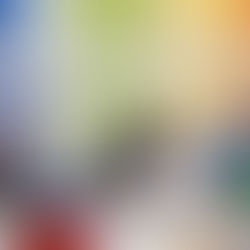Disappearing Water Day 2: The Scientific Method
Please note, this is a follow on from the previous post Disappearing Water. The second day of this experiment is great! The students are so excited and are begging to get answers. I tell the students that they will get answers, but first they must step into the role of a scientist. All great scientists start with a question. Then they have to think, work, and research to try and get an answer to their question.
We begin with writing the question that the entire class is wondering, where did the water go? Then we brainstorm and make a list of possible solutions or theories that the students currently have on the board. Every year that I have done this, the students have always come up with one very testable solution that we can then work through the scientific method. This past year, I had a an observant student notice that I only used cold water so we applied the scientific method and did the experiment again with this hypothesis.
As a class, we write our testable hypothesis. We think about the materials we need (of course the sodium polyacrylate is not on the list as the students don’t know this secret just yet) and the steps we will take to test our hypothesis. Once we are at this point we test out the experiment again, teachers remember to have your cups ready with the secret ingredient before the lesson starts! In my classroom this past year, I had two cups ready to test our hypothesis. I used one cup with cold water as we did the day prior and a second cup to test with hot water. I went through the same steps as day one with measuring ¼ cup water and pouring it into each cup. I had students once again volunteer to take a risk of getting water dumped over their head! It is amazing how many students love the thought of having water poured on them by their teacher. :)
After testing their hypothesis, the students were incredibly disappointed to find that the water temperature didn’t make a difference. When the cup was flipped over, the water was still gone! Once again the students are baffled. We work together to record our observations and write a conclusion that we can draw from what we just witnessed. At this point, the students are once again brainstorming and discussing what could possibly be happening. It is truly amazing to see and hear the students persist through this in order to solve this mystery.
After having a failed attempt at answering the question we have a class discussion. It relates to both science and our classroom environment, which is so important to set a tone and strong foundation at the beginning of the year for classroom expectations. We talk about how at this point we could just give up or we could use persistence to keep thinking about other solutions to our problem. We talk about how scientists often spend months or even years trying to solve mysteries that exist in our world. I share with the class how it is so important in school and life that when we try to work through something we don’t give up but we keep re-evaluating and reconsidering what we can do next. It really is a powerful moment in my room to show them that sometimes we aren’t going to have an answer right away. We talk about how the struggle of working through something makes learning so much better and makes us stronger as people.
I then, at the very end of the lesson, admit to my deception of using the sodium polyacrylate (which some students hypothesized that I had done something to the cup without them knowing). The kids love this activity every year! I love this activity every year! It is great to teach some critical lessons about our classroom work ethic. It also gets the students excited about the scientific method and even more excited to do science this year.





















